ALMAGRO / TRAVEL
Recently I came back to Almagro (Spain), town where i spent the most of my childhood and where most of my artworks inspirations come from.

Almagro lies within small Paleozoic mountain ranges, with some reserves of shallow creeks. It also lies within a volcanic zone, which lies upon a quartzitemassif. It makes the zone particularly unique, in the sense that it is one of the few important zones of volcanic origin in the Iberian Peninsula.
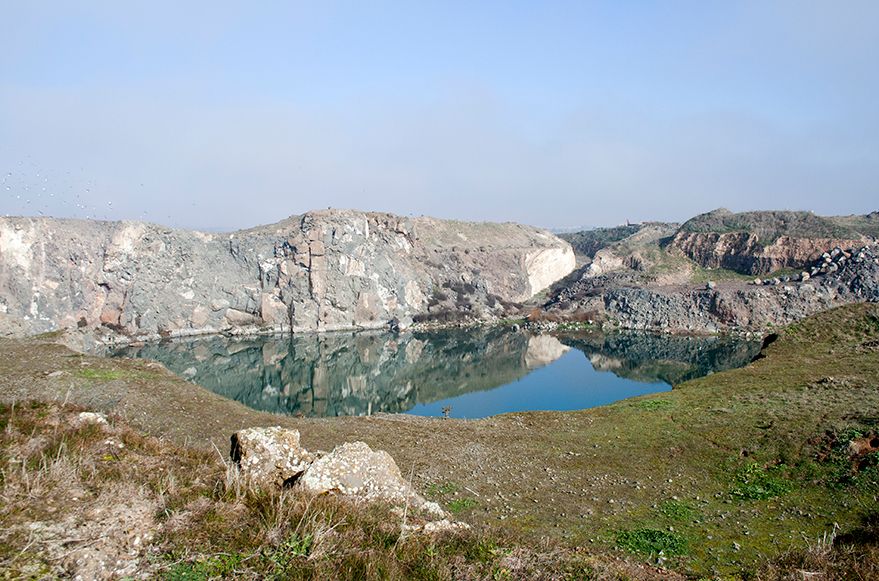
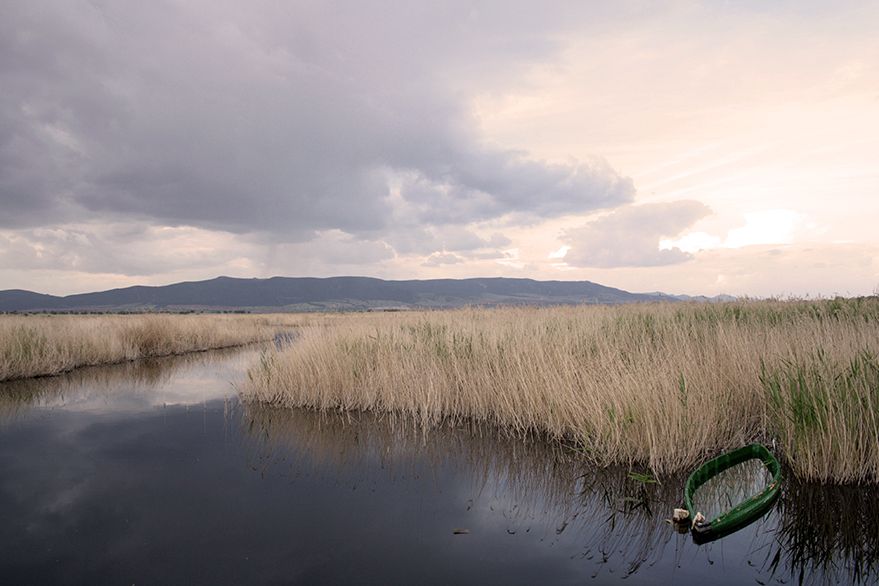
It is uncertain when humans first settled in the area of Almagro. There may have been a Bronze Age settlement; a theory supported by archaeological findings in the Casas Maestrales (complex of houses associated with the Order of Calatrava) and in spots outside of the town center. During the Roman era, it seems to have been inhabited, according to the scholar Galiano y Ortega, who argued that he saw the remains of an aqueduct, which were discovered during the construction of the present-day Paseo de la Estación. Roman coins have been found, as well as a headstone from this era, which can now be seen in the Town Hall; the headstone was discovered near the Roman bridge at Zuqueca, in Granátula.
Little remains of the Visigothic presence in the area except for some small columns decorated with beveled diamonds; the columns were dispersed by the local population.
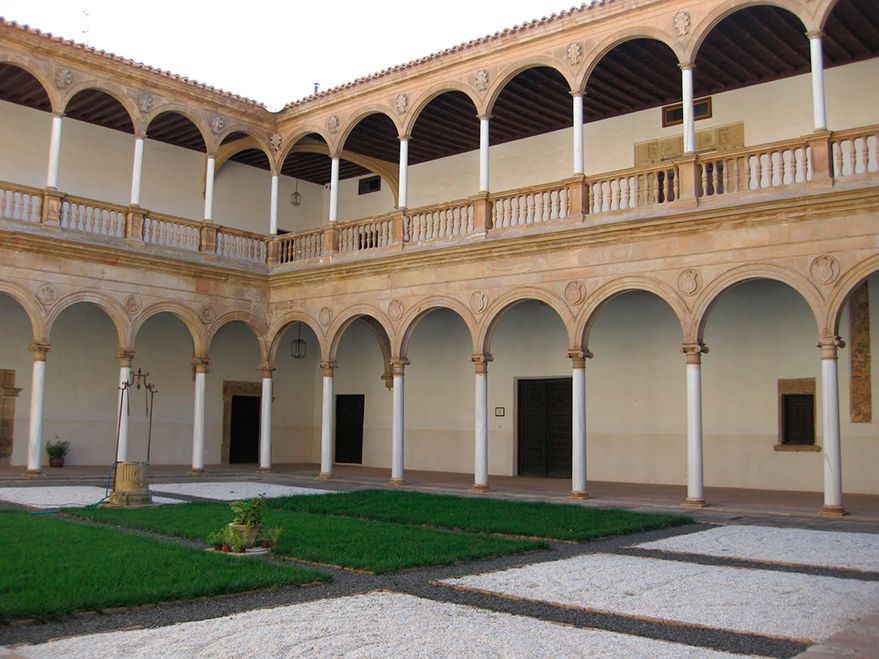
During the 13th century, Almagro declined due to the presence of competing cities in the area, Oretum and Calatrava la Vieja. However, Almagro was chosen by the Order of Calatrava as a place of residence during the same century. Almagro thus benefited from being the center of governance for this order.
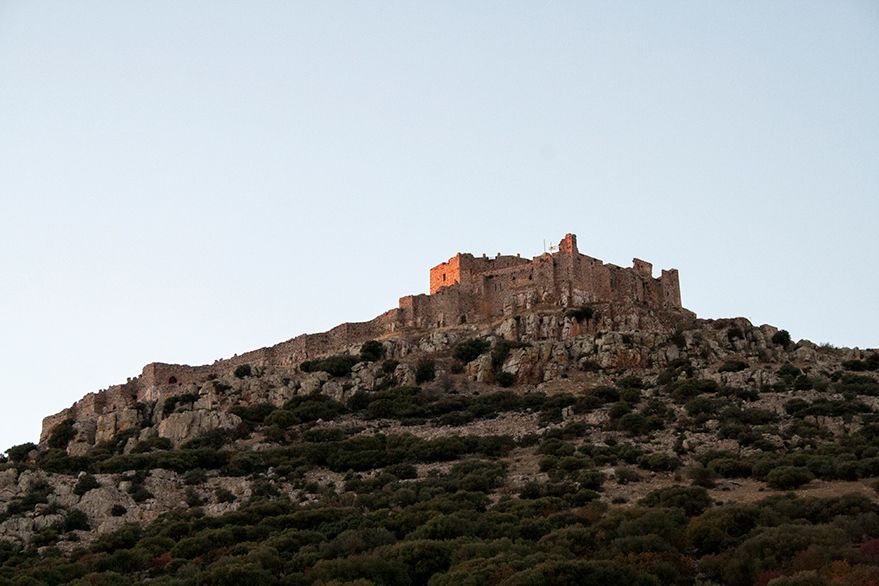
In the XIV century, the town had a wall and a parish church, San Bartolomé el Real, butcher shops, granary, jailhouse, townhall, and a castle absorbed by the buildings owned by the Order of Calatrava.
The process of the Reconquista resulted in the gathering at Almagro of forces headed for the frontier. Pedro I of Castile arrested the Master of the Order, Juan Núñez de Prado, in 1354 at the Casas Maestrales.
In the XVcentury, the office of Master of the Order was incorporated into the Crown of Castile in 1487, but this did not harm the town. The Royal Governor now inhabited the Palaces formerly occupied by the Masters of the Order.
In the XVcentury, the office of Master of the Order was incorporated into the Crown of Castile in 1487, but this did not harm the town. The Royal Governor now inhabited the Palaces formerly occupied by the Masters of the Order.
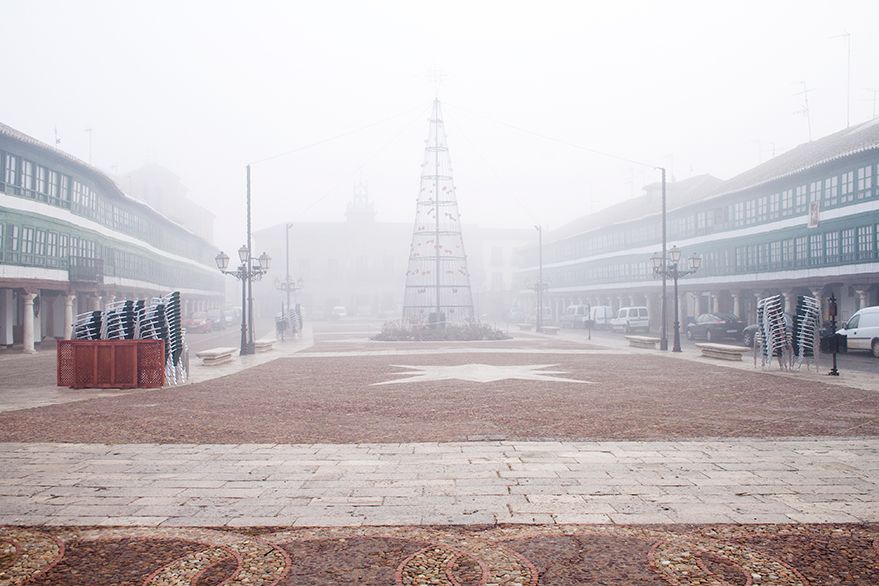
Due to the financial woes of Charles I of Spain, the German bankers of the Fugger family became beneficiaries of the mines at Almadén and Almagro. They brought with them to the town German administrators such as Wessel, Xedler, etc. Some of these Germans’ manor houses still survive.
The population grew during the XVI and XVII centuries, and the population expanded beyond the town walls, with the suburbs of San Pedro, Santiago, San Ildefonso, San Juan, San Sebastián, and San Lázaro being established during this time. The Claverian Fernando Fernández de Córdoba founded the monastery and educational institution of Nuestra Señora del Rosario. The knight commander don Gutierre de Padilla founded the Hospital de la Misericordia and the monastery of Asunción de Calatrava. The parish church of Madre de Dios, the convent of La Encarnación, business offices for the Fuggers, and a large number of manor houses were built during this time. Rebuilt during this time were the church of San Blas, the Main Square (Plaza), and the Town Hall. The crisis affecting Spain during the late XVI and early XVII centuries did not affect construction in Almagro; the Franciscans built during this time the Convent of Santa Catalina. The Augustinians, Jesuits, and Hospitalers established themselves here, and the followers of Juan Francisco Gaona y Portocarrero, Conde de Valdeparaíso, built his palace here.

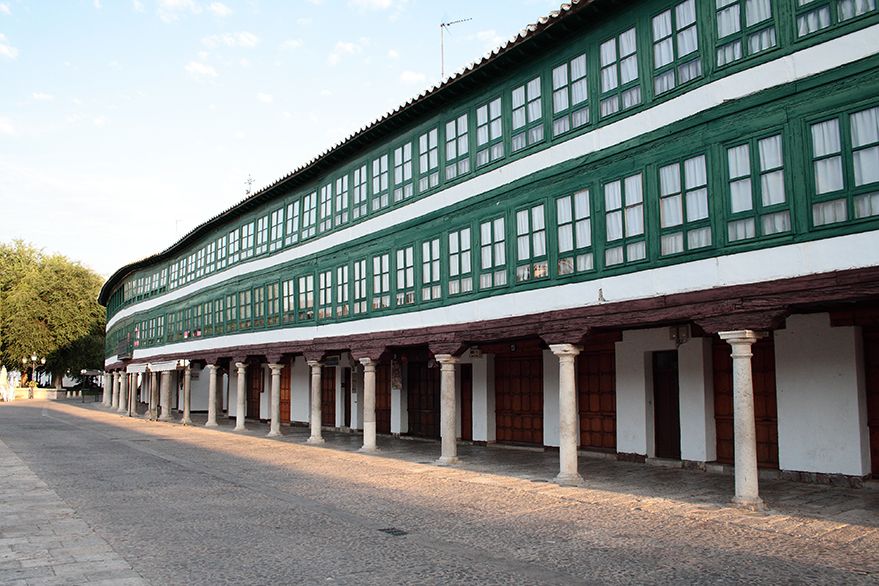
Almagro flourished due to the patronage both of Philip V of Spain and of Juan Francisco Gaona y Portocarrero, Conde de Valdeparaíso, who served in Philip's government as head of the Exchequer.
The town was named provincial capital of La Mancha, a position it enjoyed from 1750 to 1761. The Conde de Valdeparaíso, unsuccessful in his attempts to permanently make Almagro an administrative center, promoted commerce, especially in textiles, encouraging the trade in appliqué lace and pillow lace.

The sale of church lands under Charles III of Spain jeopardized the future of many church buildings in Almagro, and the university disappeared by the 19th century. The Order of Calatrava moved from the uncomfortable location of Castillo de Calatrava la Nueva to the Sacro Convento in Almagro proper, but did not remain permanently.
XIX century
During the Peninsular War, an active Bonapartist masonic lodge was established in Almagro. The town suffered during the Carlist Wars and the sale of church lands by Juan Álvarez Mendizábal and Pascual Madoz.
The telegraph (1858), railway (1860), and electritown (1897) were introduced during this time. A general headquarters for the cavalry (1863) was established, as were a casino, coliseum, and theater (1864). In 1886, the town walls and gates were demolished.


Almagro flourished due to the patronage both of Philip V of Spain and of Juan Francisco Gaona y Portocarrero, Conde de Valdeparaíso, who served in Philip's government as head of the Exchequer.
The town was named provincial capital of La Mancha, a position it enjoyed from 1750 to 1761. The Conde de Valdeparaíso, unsuccessful in his attempts to permanently make Almagro an administrative center, promoted commerce, especially in textiles, encouraging the trade in appliqué lace and pillow lace.

The sale of church lands under Charles III of Spain jeopardized the future of many church buildings in Almagro, and the university disappeared by the 19th century. The Order of Calatrava moved from the uncomfortable location of Castillo de Calatrava la Nueva to the Sacro Convento in Almagro proper, but did not remain permanently.
XIX century
During the Peninsular War, an active Bonapartist masonic lodge was established in Almagro. The town suffered during the Carlist Wars and the sale of church lands by Juan Álvarez Mendizábal and Pascual Madoz.
The telegraph (1858), railway (1860), and electritown (1897) were introduced during this time. A general headquarters for the cavalry (1863) was established, as were a casino, coliseum, and theater (1864). In 1886, the town walls and gates were demolished.

XX century
During the 1950s, the Corral de Comedias was discovered and restored. The Town Hall and Plaza Mayor were also restored. In 1972, Almagro was declared a Historical-Artistic Zone. Numerous buildings were restored, including churches, palaces, houses, and hermitages. The Theater Museum was established in a spot near orchards and wine cellars; a special building was later built for it. Almagro became a center for the dramatic arts in the region, and the International Festival of Classical Theater was put on here. Almagro is a candidate for becoming World Heritage Site.
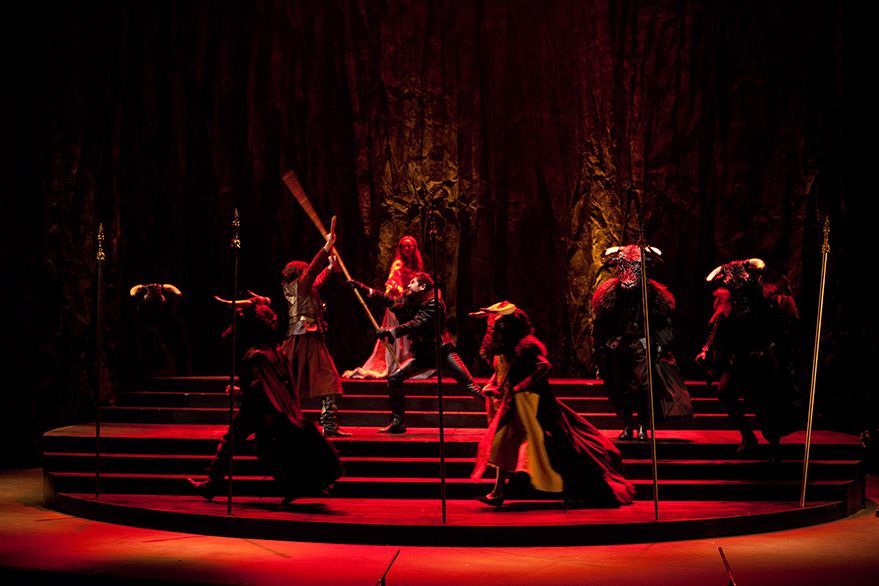
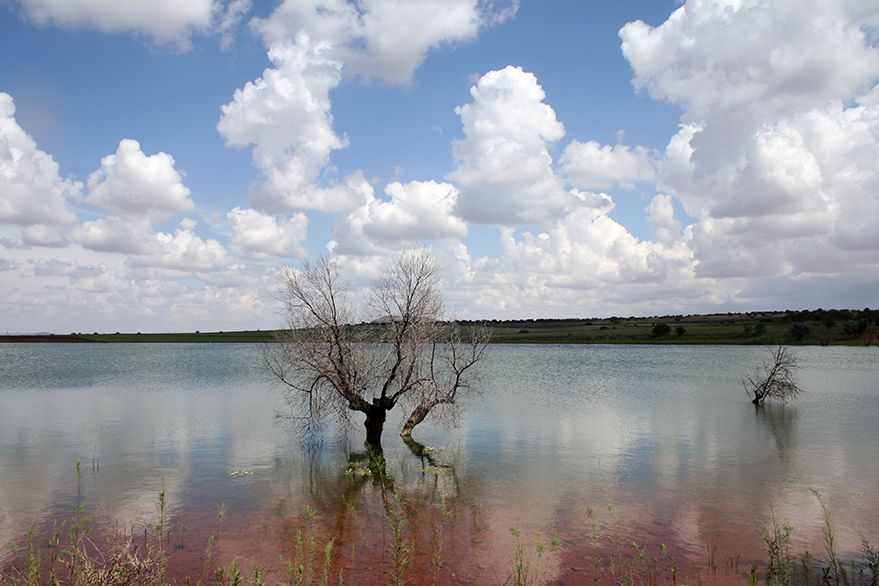

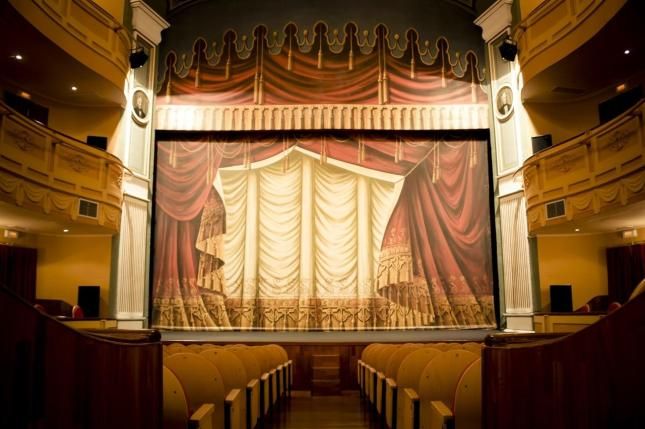
Comments
Post a Comment